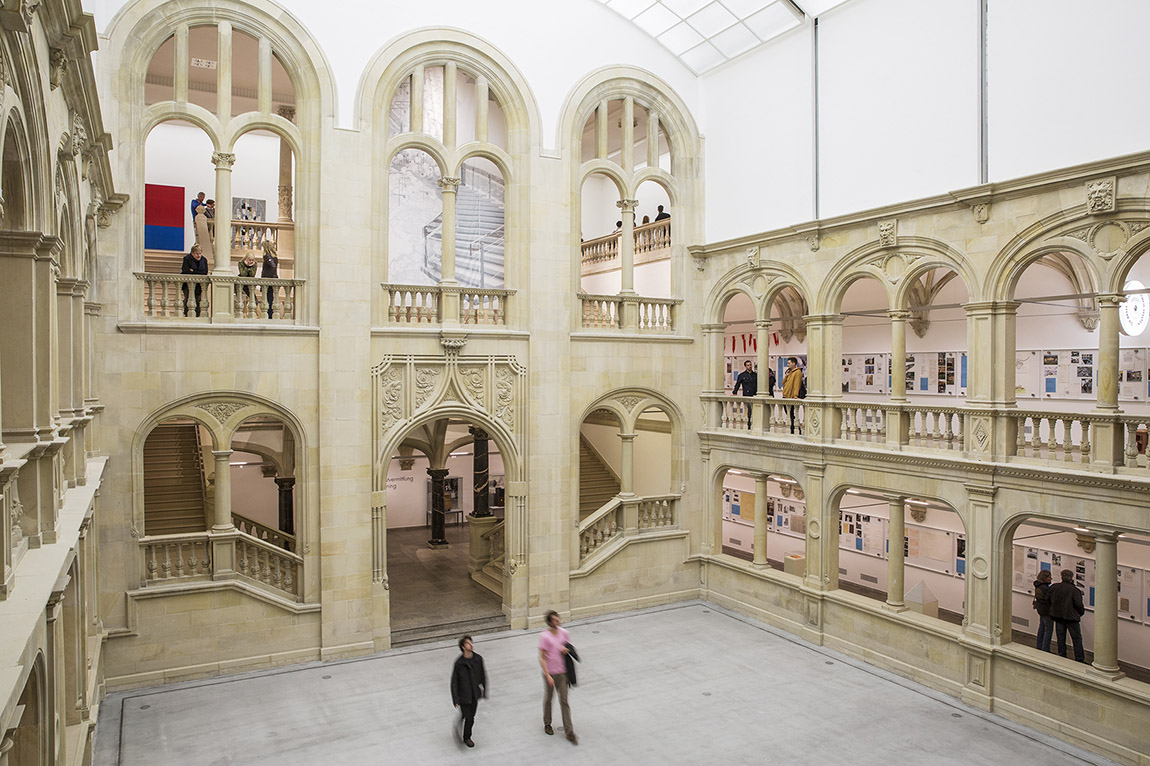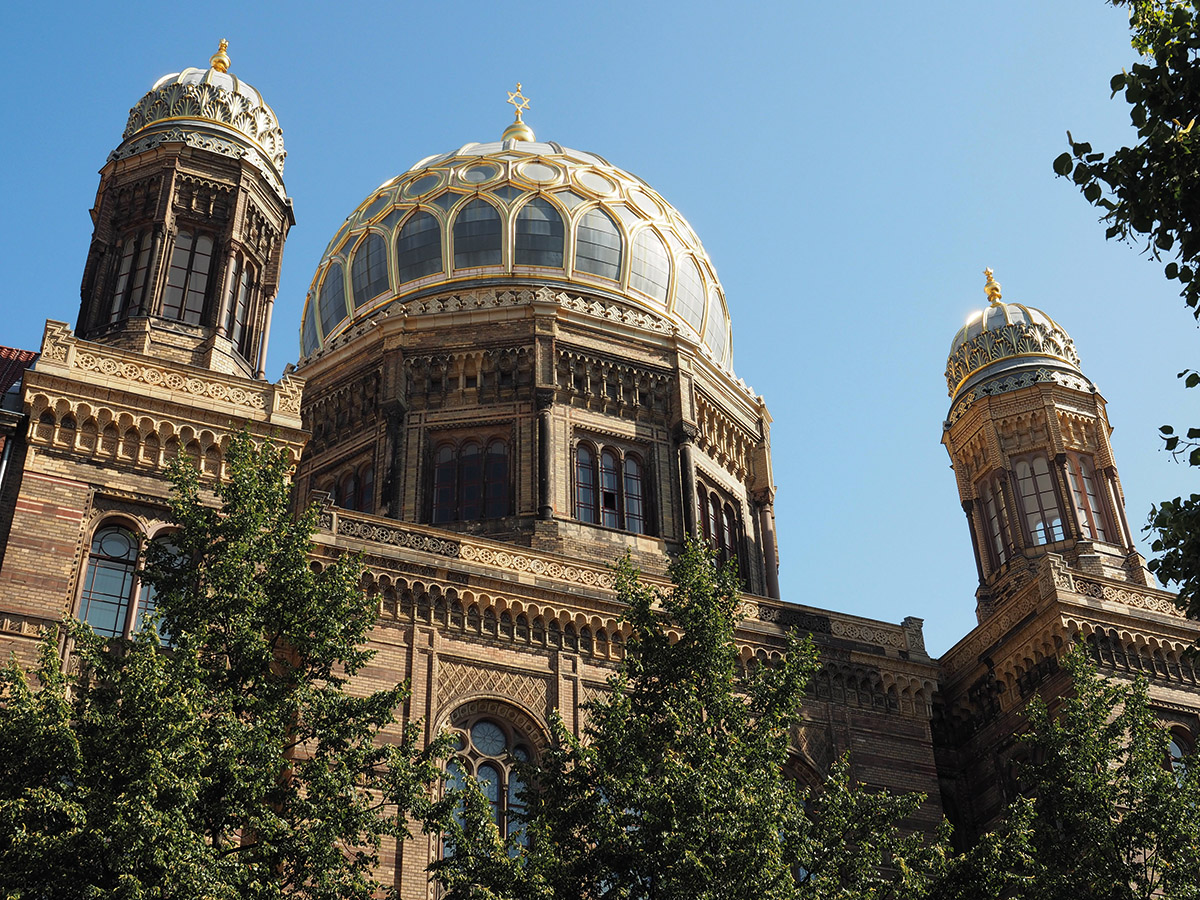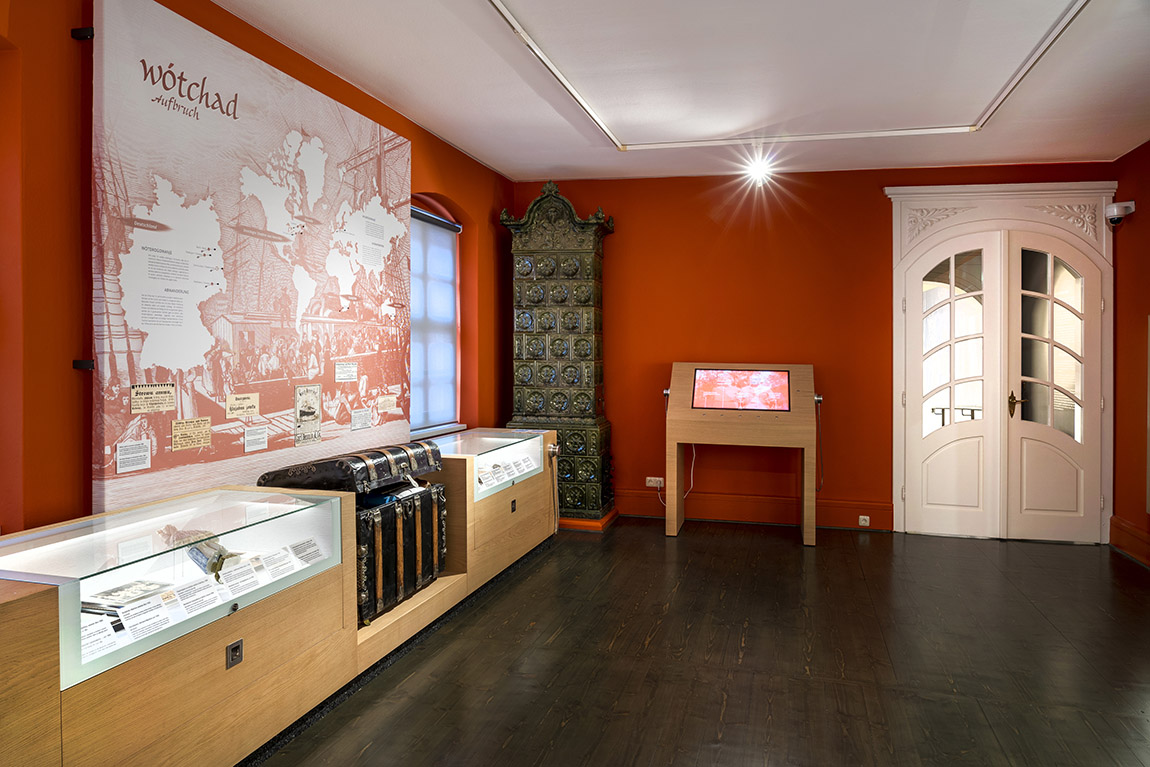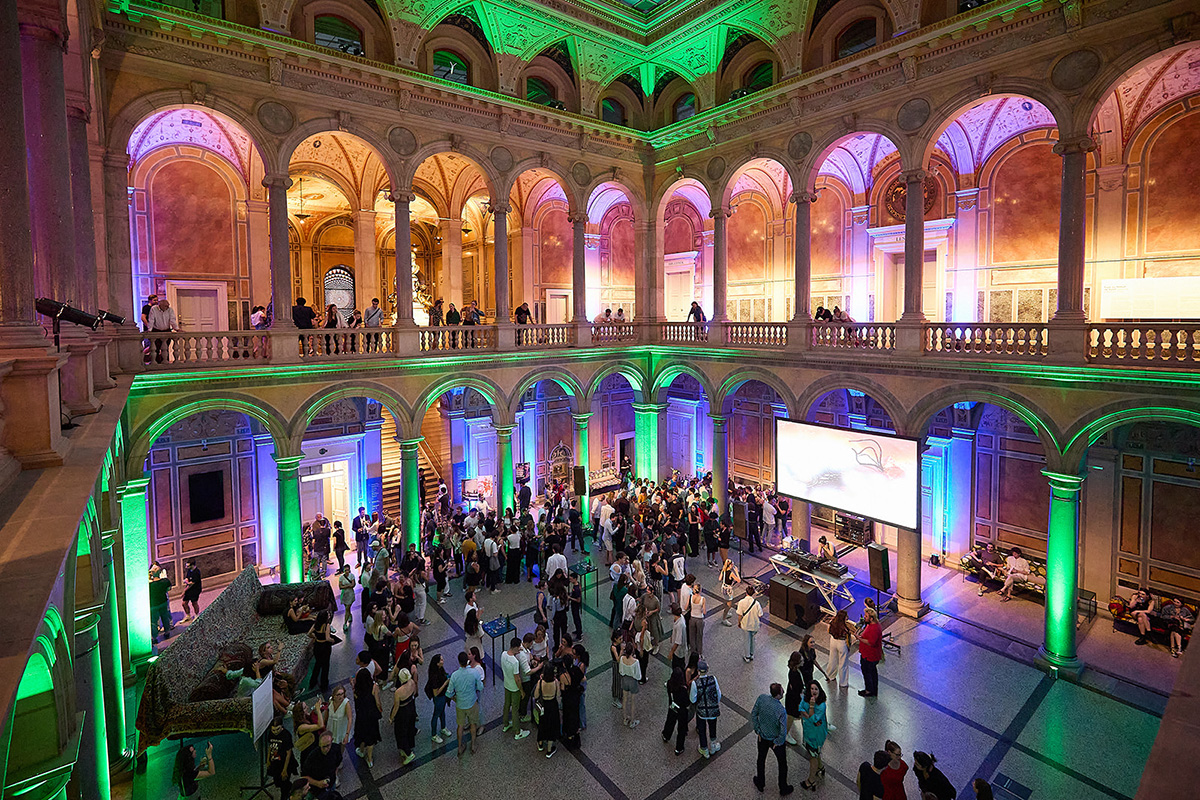Museum Fünf Kontinente
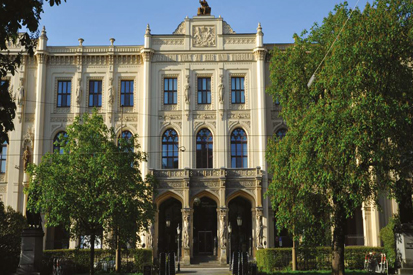
Germany’s oldest ethnological museum: A wonderful place filled with culture
TEXT: MARILENA STRACKE
The permanent exhibition at Museum Fünf Kontinente (Museum of Five Continents) displays unique artefacts from Africa, the Islamic Orient, the Americas and Myanmar. The collection itself is already reason enough to pay a visit, but this month, it is particularly worthwhile because there are various special exhibitions, each of which are fantastic and not to be missed.
In 1862, the Munich-based Museum Fünf Kontinente was founded as the Königliche Ethnographische Sammlung. It is therefore Germany’s oldest ethnological museum. The collection includes over 160,000 pieces and the museum is also one of the most important places regarding non-European art and culture.
“We see our collection as part of humanity’s cultural memory. Hence, we feel obliged to the so-called source communities in a very special way,” the museum’s director Dr. Uta Werlich explains. “The cultural dialogue, the openness and the respect for people are our leitmotif, which we also live daily in our museum.”
Visitors can explore the fascinating special exhibition Reflections. Mãori Art and Helme Heine’s View on New Zealand until 28 April. The exhibition looks at the country from three very different angles: with humorous-critical pictures from the artist and New Zealanderby- choice Helme Heine, with the linocuts of the Mãori artist Cliff Whiting, who examines two Mãori myths, as well as with the exhibits of the museum collection, which provide the historical view. “Overall it creates a great mix,” Werlich adds. “All texts in this exhibition are in German and English, which makes it also very appealing to an international audience.”
Another special exhibition, which runs until 30 June is called Fragende Blicke. Neun Zugänge zu ethnografischen Fotografien. This project was developed in partnership with the Institute of Ethnology. The exhibition was curated by students and challenges the assigned meaning of the pictures on display.
“Visiting us during April is particularly worth it,” Werlich enthuses, “because we even have a third special exhibition Shadow. Light. Structure. Paper installations by Koji Shibazaki. It runs from 5 April to 22 September and shows installations made of the handmade paper Washi, which the contemporary Japanese artist illuminates with various light fixtures. The results are extremely unique objects.”
These three special exhibitions and, of course, the permanent exhibition, certainly make for a truly exciting month at the Museum Fünf Kontinente.
Das älteste ethnologische Museum Deutschlands:
Ein wunderbarer Ort der Kulturen
Das Museum Fünf Kontinente zeigt in den ständigen Ausstellungen einzigartige Exponate aus Afrika, dem islamischen Orient, Nord- und Südamerika, sowie aus Myanmar. Das allein ist schon einen Besuch wert. Diesen Monat lohnt es sich allerdings besonders vorbei zu schauen, denn die fantastischen Sonderausstellungen sollte man auf keinen Fall verpassen.
Das Münchner Museum Fünf Kontinente wurde im Jahr 1862 als Königlich Ethnographische Sammlung gegründet und ist somit Deutschlands ältestes ethnologisches Museum. Mit einer Sammlung von über 160.000 Objekten ist es zudem auch eine der wichtigsten Stätten für die Begegnung mit außereuropäischer Kunst und Kultur.
„Wir verstehen unsere Sammlungen als Teil des kulturellen Gedächtnisses der Menschheit und deshalb fühlen wir uns auch den sogenannten Herkunftsgesellschaften auf besondere Art und Weise verpflichtet,“ erklärt Museumsdirektorin Dr. Uta Werlich. „Der kulturelle Dialog, die Offenheit und der Respekt vor den Menschen sind unsere Leitmotive, die wir hier im Haus auch leben.“
Noch bis zum 28. April läuft die faszinierende Ausstellung Spiegelbilder. Mãori-Kunst und Helme Heines Blick auf Neuseeland. Die Ausstellung betrachtet das Land aus drei unterschiedlichen Perspektiven: mit humorvoll-kritischen Bildern von Künstler und Wahl-Neuseeländer Helme Heine, mit den Linoldrucken des bekannten Mãori-Künstlers Cliff Whiting, der sich mit Mãori-Mythen beschäftigt, und mit Objekten aus der Museumssammlung, welche die historische Perspektive beisteuern. „Insgesamt ergibt das ein sehr schönes Potpourri,“ fügt Werlich hinzu. „Alle Texte in der Ausstellung sind auf Deutsch und Englisch, so dass sich ein Besuch auch für ein internationales Publikum lohnt.“
Eine weitere spannende Ausstellung, die noch bis zum 30. Juni läuft, ist Fragende Blicke. Neun Zugänge zu ethnografischen Fotografien. Dies ist ein Projekt, welches in Zusammenarbeit mit dem Institut für Ethnologie entwickelt wurde. Die Ausstellung wurde von Studierenden kuratiert und hinterfragt die Bedeutungszuschreibung der ausgestellten Bilder. Sie setzt sich mit der Verbindung zwischen Ethnografie und Fotografie auseinander.
„Es lohnt sich wirklich im April zu uns zu kommen,“ sagt Werlich begeistert. „Denn wir haben noch eine dritte Sonderausstellung Schatten. Licht. Struktur. Papierinstallationen von Koji Shibazaki. Sie läuft vom 5. April bis zum 22. September und zeigt Installationen aus dem handgeschöpftem Papier Washi, die der zeitgenössische japanische Künstler mit Leuchtkörpern illuminiert, so dass daraus außergewöhnliche Objekte entstehen.“
Diese drei Sonderausstellungen, sowie natürlich die ständigen Ausstellungen, machen einen Besuch in diesem Monat ganz besonders interessant.
Subscribe to Our Newsletter
Receive our monthly newsletter by email

